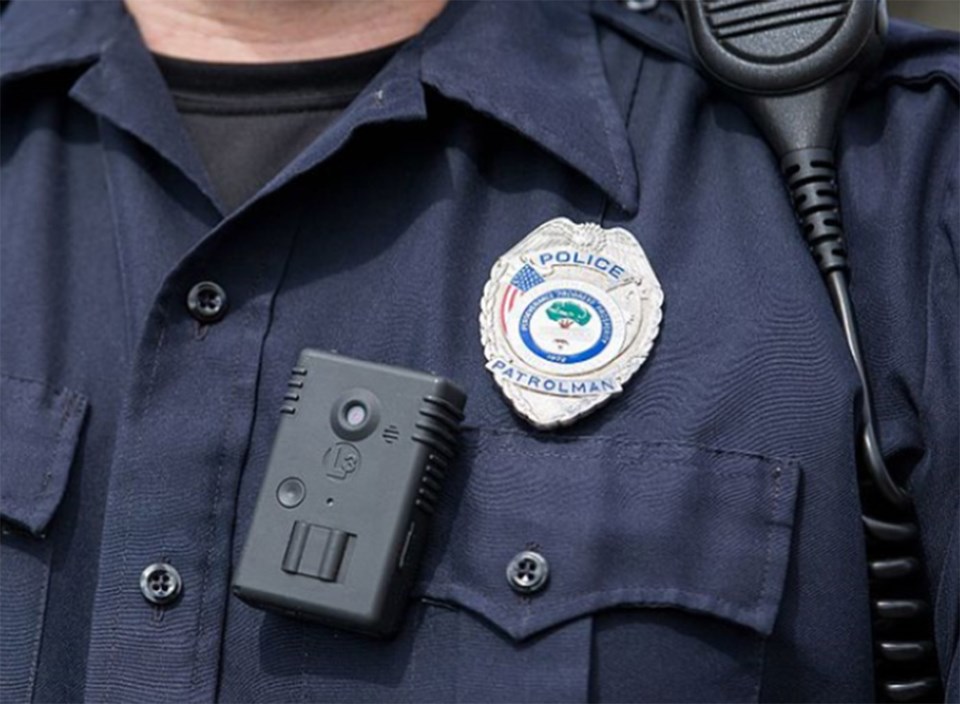Body cameras are coming to the Port Moody police department (PMPD).
And while Chief Const. Dave Fleugel doesn’t know when, he does know they’ll be enormously expensive — not just for the hardware, but for the computer capacity to store all the data they collect and the manpower to organize and retrieve that information.
During a presentation of the department’s budgetary needs to council last Tuesday (Nov. 22), Fleugel said transparency is driving the move toward equipping officers with the small digital cameras that they wear on their uniform.
Body cameras have been routinely adopted by departments in the United States. Calgary police wear them and last year Toronto police signed a $34 million contract for 2,350 cameras as well as cloud storage for the data they collect. In May, the RCMP announced it has finalized its plan for their deployment to 10,000 of its officers.
Fleugel said mentally, officers are ready for the new technology, but monetarily it presents challenges.
“We’ve just got to get there,” he said.
The PMPD is looking for a 6.3 per cent boost to its budget for the coming year.
Dave Fox, a member of the police board’s finance committee, told council the force’s projected budget for 2023 of $13,586,879 represents about a quarter of the city’s total budget, which, he added, is in line with what is spent in comparable communities around Metro Vancouver.
In a presentation, Fox said more than $10 million of that total goes to salaries for the department’s 52 officers and 15 civilian staff members.
He said the force expects to hold “steady” on those numbers, but additional cost pressures are coming from boosts to their benefits and negotiated cost of living increases.
As well, just like everyone else, the force is paying more for things like fuel, ammunition and its vehicles.
Fees paid to the E-Comm dispatch system (9-1-1) have also increased.
Fox said, in the future, the PMPD will have to deal with budgetary pressures from updates to the 9-1-1 system, more vigorous cyber security measures, increased training for officers and even the installation of EV chargers to power electric patrol cars.



